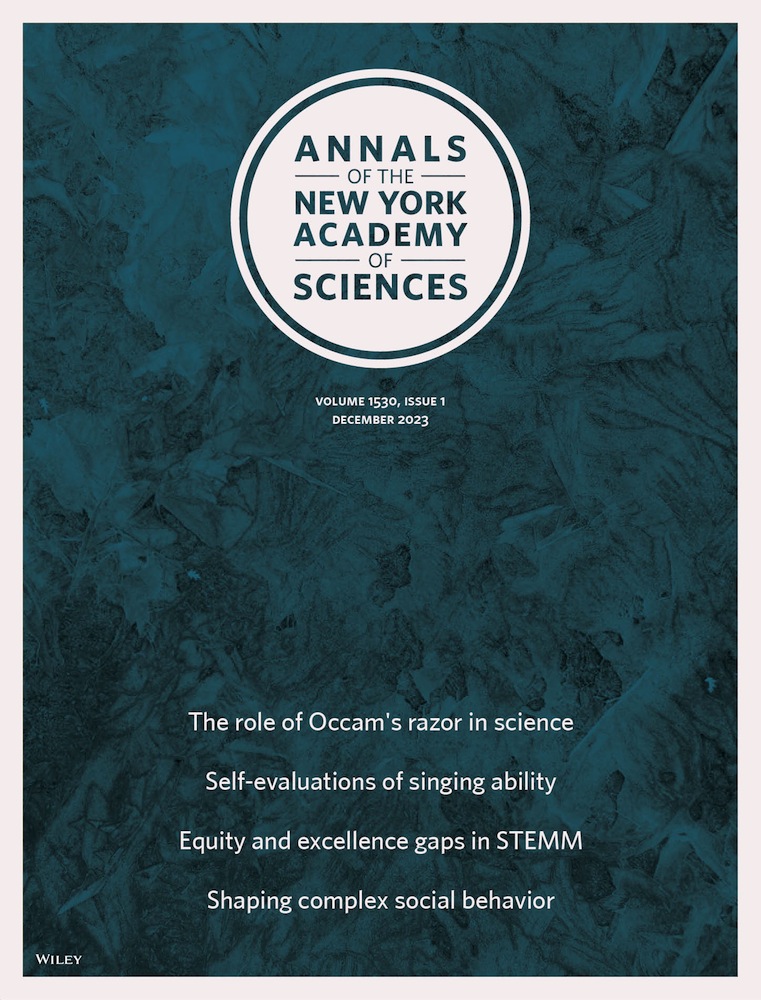控制细菌荚膜多糖附着和链长度的机制。
IF 4.1
3区 综合性期刊
Q1 MULTIDISCIPLINARY SCIENCES
引用次数: 0
摘要
荚膜多糖(CPSs)是一种高分子量的糖共聚物,在许多细菌表面形成胶囊层。这一层是细菌与其环境之间的关键屏障,保护它们免受宿主免疫反应和环境压力的影响,同时促进对宿主生态位的适应。该胶囊还影响植物和人类病原体的其他关键毒力因子,如生物膜的产生和抗微生物抗性基因的交换。细菌病原体调节几种CPS特性,包括丰度、链长度和细胞表面保留,以优化利基特异性适应性。由于组成聚合物的糖单位不同,不同细菌种类的CPS组成差别很大。尽管组成多样,但三种保守的CPS生物合成系统在细菌物种中是常见的。尽管与CPS聚合和出口相比,研究较少,但链长控制和附着过程在细菌物种中也广泛保守。在这里,我们讨论了细菌用来将CPS保留在细胞表面的常见策略,以及细菌定义和控制CPS链长度的机制。此外,我们强调了与这些过程相关的突出问题,确定了未来需要研究的领域,以更好地了解这些关键的CPS系统。本文章由计算机程序翻译,如有差异,请以英文原文为准。
Mechanisms governing bacterial capsular polysaccharide attachment and chain length.
Capsular polysaccharides (CPSs) are high-molecular weight glycopolymers that form a capsule layer on the surface of many bacterial species. This layer serves as a crucial barrier between bacteria and their environment, protecting them from host immune responses and environmental stressors while facilitating adaptation to host niches. The capsule also affects other critical virulence factors of plant and human pathogens such as biofilm production and exchange of antimicrobial-resistance genes. Bacterial pathogens modulate several CPS properties including abundance, chain length, and cell surface retainment to optimize niche-specific fitness. CPS composition varies greatly among bacterial species due to differences in sugar units comprising the polymer. Despite the diversity in composition, three conserved CPS biosynthetic systems are common across bacterial species. Although less explored than CPS polymerization and export, the processes of chain length control and attachment are also broadly conserved among bacterial species. Here, we discuss the common strategies that bacteria use to retain CPS to their cell surface and the mechanisms by which bacteria define and control CPS chain length. Additionally, we highlight the outstanding questions related to these processes, identifying areas where future research is needed to gain better insights into these crucial CPS systems.
求助全文
通过发布文献求助,成功后即可免费获取论文全文。
去求助
来源期刊

Annals of the New York Academy of Sciences
综合性期刊-综合性期刊
CiteScore
11.00
自引率
1.90%
发文量
193
审稿时长
2-4 weeks
期刊介绍:
Published on behalf of the New York Academy of Sciences, Annals of the New York Academy of Sciences provides multidisciplinary perspectives on research of current scientific interest with far-reaching implications for the wider scientific community and society at large. Each special issue assembles the best thinking of key contributors to a field of investigation at a time when emerging developments offer the promise of new insight. Individually themed, Annals special issues stimulate new ways to think about science by providing a neutral forum for discourse—within and across many institutions and fields.
 求助内容:
求助内容: 应助结果提醒方式:
应助结果提醒方式:


